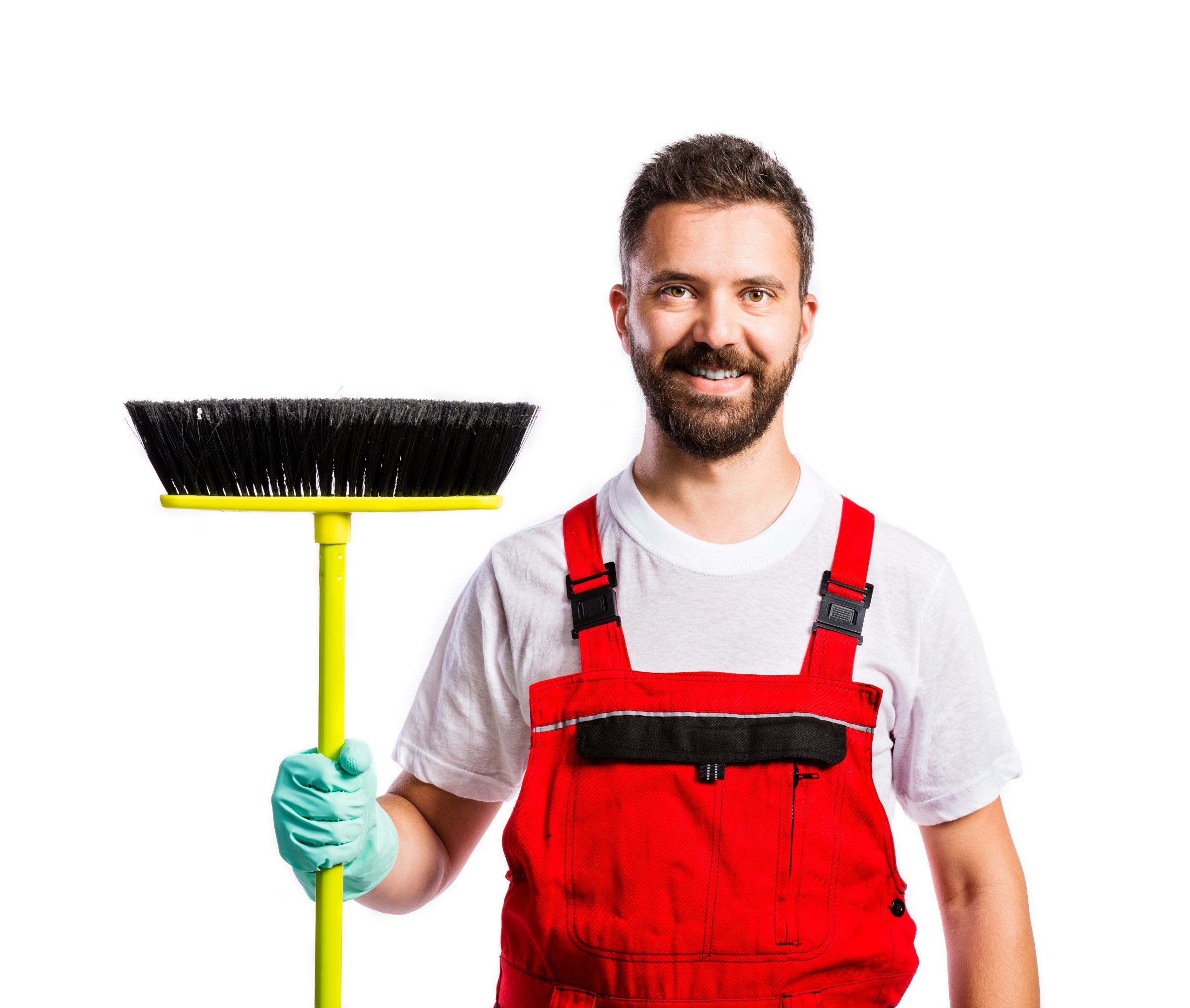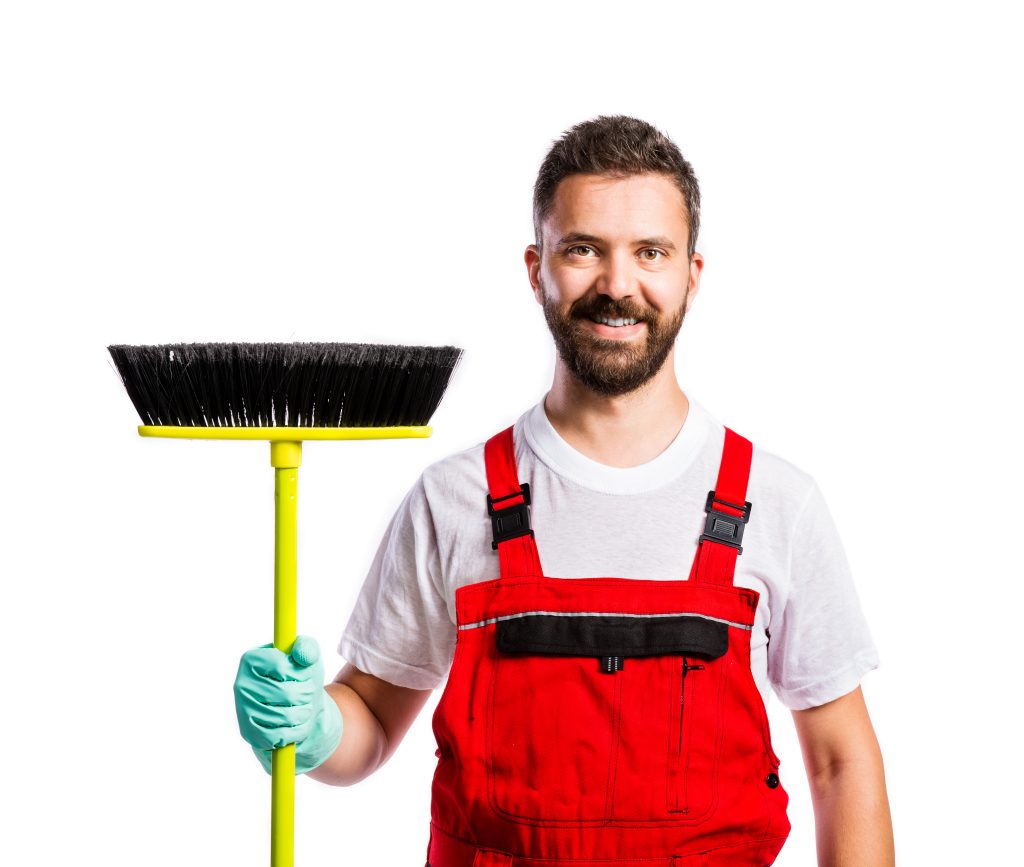The COVID-19 pandemic has taught us many lessons about the importance of hygiene and cleanliness. As we transition from survival mode to sustainability, it is crucial that we implement effective post-pandemic cleaning protocols to protect ourselves and our communities from future outbreaks. In this blog post, we will discuss why effective cleaning practices are essential in the workplace, how to create a safe and sustainable home environment, and how to implement a comprehensive cleaning plan for schools and public spaces.

Introduction to Post-Pandemic Cleaning Protocols
Post-pandemic cleaning protocols refer to the updated cleaning standards that have been put in place in the wake of COVID-19. These protocols go beyond traditional cleaning methods and include additional measures such as disinfecting high-touch surfaces, frequent handwashing, and proper disposal of waste. The goal of these protocols is to reduce the spread of infectious diseases by eliminating or minimizing contaminants that may be present in the environment.
The Importance of Effective Cleaning Practices in the Workplace
Effective cleaning practices are critical in the workplace to prevent the spread of germs and bacteria. With people spending most of their time at work, it’s important that employers prioritize cleanliness to ensure the health and wellbeing of their employees. This includes regular cleaning and sanitation of common areas such as break rooms, restrooms, and conference rooms. Additionally, providing hand sanitizer stations throughout the office can help reduce the risk of cross-contamination.

Creating a Sustainable and Safe Home Environment
In addition to implementing effective cleaning protocols in the workplace, it’s also essential to create a safe and sustainable home environment. This involves regularly cleaning and disinfecting high-touch surfaces such as doorknobs, countertops, and light switches. It’s also important to wash bed linens and clothing frequently, and to avoid sharing personal items like toothbrushes and drinking glasses. By taking these steps, you can significantly reduce the risk of contracting an illness within your own home.
Implementing a Comprehensive Cleaning Plan for Schools and Public Spaces
Schools and public spaces require special attention when it comes to cleaning protocols. A comprehensive cleaning plan should include daily surface cleaning and disinfection, as well as routine deep cleaning of high-traffic areas such as hallways, classrooms, and gyms. Additionally, schools should provide hand sanitizer stations throughout the building and encourage students and staff to practice good hand hygiene. By implementing these strategies, schools can help keep their students and faculty healthy and safe during the school year.
Conclusion
As we move forward into a new era of cleanliness and safety, it’s vital that we continue to prioritize effective cleaning protocols in all aspects of our lives. From the workplace to our homes and schools, implementing thorough and consistent cleaning practices can help protect us against future outbreaks and promote overall health and wellbeing.


